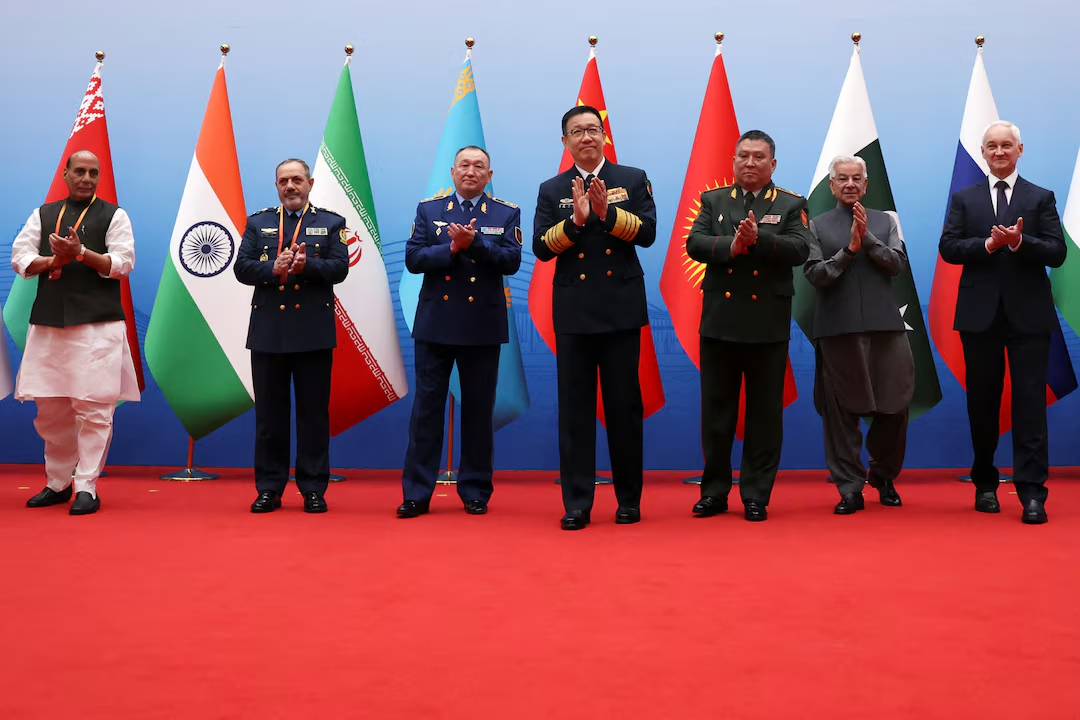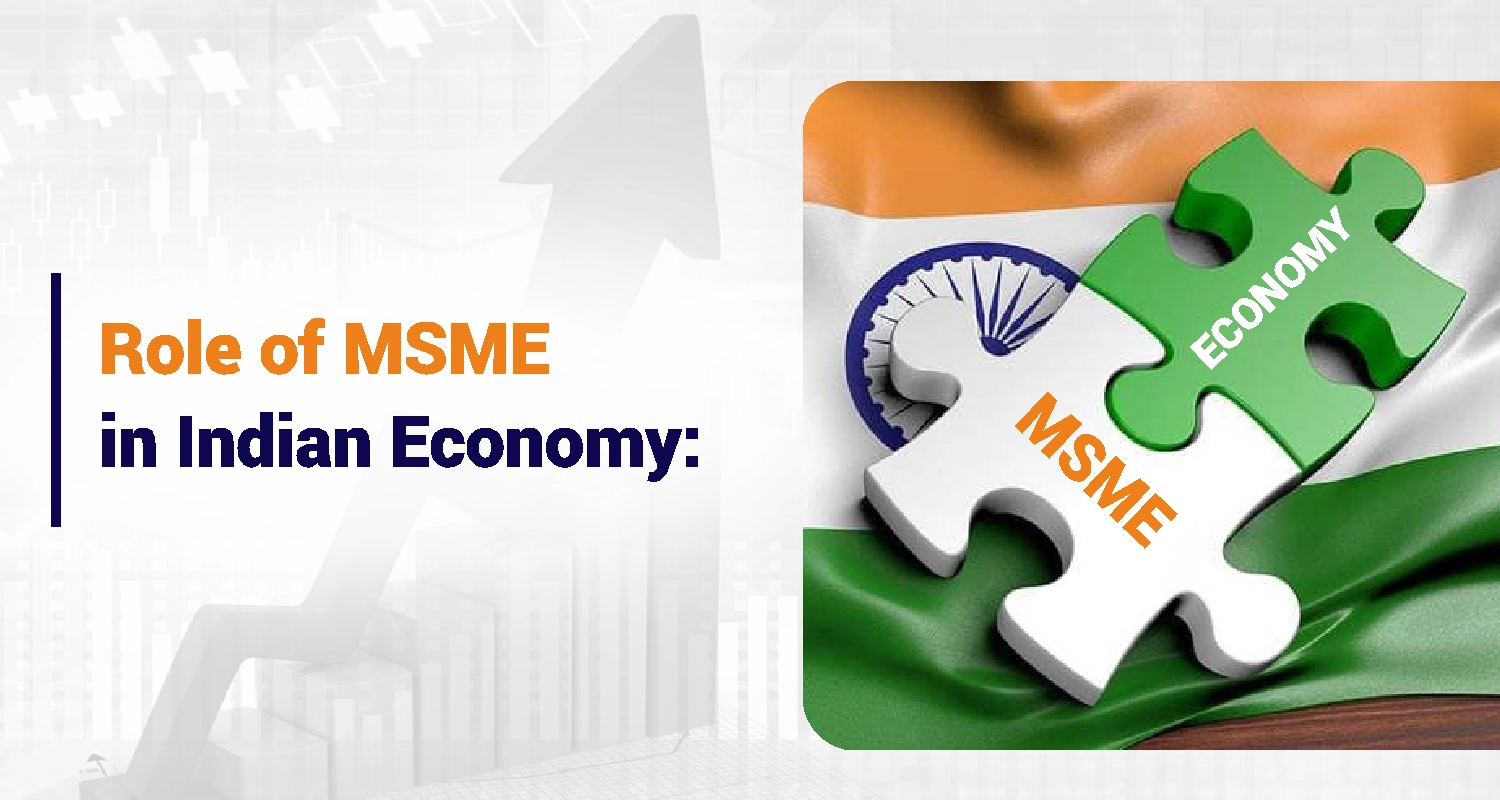- Courses
- GS Full Course 1 Year
- GS Full Course 2 Year
- GS Full Course 3 Year
- GS Full Course Till Selection
- Answer Alpha: Mains 2025 Mentorship
- MEP (Mains Enrichment Programme) Data, Facts
- Essay Target – 150+ Marks
- Online Program
- GS Recorded Course
- Polity
- Geography
- Economy
- Ancient, Medieval and Art & Culture AMAC
- Modern India, Post Independence & World History
- Environment
- Governance
- Science & Technology
- International Relations and Internal Security
- Disaster Management
- Ethics
- NCERT Current Affairs
- Indian Society and Social Issue
- NCERT- Science and Technology
- NCERT - Geography
- NCERT - Ancient History
- NCERT- World History
- NCERT Modern History
- CSAT
- 5 LAYERED ARJUNA Mentorship
- Public Administration Optional
- ABOUT US
- OUR TOPPERS
- TEST SERIES
- FREE STUDY MATERIAL
- VIDEOS
- CONTACT US
INDIA BECAME THE NET EXPORTER OF TOYS
INDIA BECAME THE NET EXPORTER OF TOYS
According to an official statement on 2nd February 2024, From the fiscal year 2014-15 to 2022-23, there was a 239% surge in toy exports from India, while imports saw a 52% reduction, positioning India as a net exporter of toys.
Status of Toy industry in India
-
Toy Industry Overview:
- Evolution of Policy: The industry has evolved from the restrictive "permit license raj" era to embracing the 'Make in India' campaign.
- The study ( conducted by IIM Lucknow) credits the 'Make in India' initiative for the industry's recent achievements.
- Evolution of Policy: The industry has evolved from the restrictive "permit license raj" era to embracing the 'Make in India' campaign.
-
Trade Balance Transformation:
- From Negative to Positive: The trade balance improved from a deficit of Rs. 1,500 crore in 2014-15 to a surplus starting in 2020-21.
-
Factors Contributing to the Shift:
- Increase in import duty from 20% to 60% in February 2020.
- Implementation of non-tariff measures such as Quality Control Orders (QCO) and mandatory sample testing.
- Global import disruptions due to COVID-19.
-
Recent Trends in Net Exports:
- Reduction in Net Exports: Net exports decreased from Rs. 1,614 crore to Rs. 1,319 crore in 2022-23.
- Sectoral Impact: The decline was more pronounced in toys (31%) compared to the overall toy sector (18%).
-
- From Negative to Positive: The trade balance improved from a deficit of Rs. 1,500 crore in 2014-15 to a surplus starting in 2020-21.
Government Initiatives to Boost Made in India Toy Exports
-
Quality Assurance Measures:
- As of 02.12.2019, the DGFT mandated sample testing for every toy consignment, with sales permitted only after passing quality tests.
- Failed consignments are returned or destroyed at the importer's expense.
-
Custom Duty Adjustments:
- Basic Custom Duty on some toys (HS Code-9503) was raised from 20% to 60% in February 2020, and further to 70% in March 2023.
-
Mandatory BIS Certification:
- The Toys (Quality Control) Order issued on 25.02.2020 requires compulsory BIS certification for toys effective from 01.01.2021, applicable to both domestic and foreign manufacturers targeting the Indian market.
-
Exemptions for Artisans and GI Products:
- Amendments on 11.12.2020 to the Toys QCO exempt products made by artisans recognized by the Ministry of Textiles and those registered as Geographical Indications.
-
Support for Micro Scale Units:
- On 17.12.2020, BIS introduced provisions to grant toy manufacturing licenses to micro units without testing facilities for one year, later extended to three years based on industry feedback.
-
BIS Licensing:
- As of January 2024, BIS has issued 1454 licenses to domestic and 36 to foreign manufacturers for toy safety compliance with IS 9873/IS 15644 standards.
-
National Action Plan for Toys:
- In 2020, a comprehensive plan was developed to
- Promote local toy manufacturing and position India as a global toy hub involving collaboration across 14 Central Ministries/Departments with 21 action points under themes like
- Trade promotion,
- Indigenous toy design, and
- Toys as educational resources.
- Promote local toy manufacturing and position India as a global toy hub involving collaboration across 14 Central Ministries/Departments with 21 action points under themes like
- In 2020, a comprehensive plan was developed to
-
Free Trade Agreements:
- Recent FTAs, including with the UAE (CEPA) and Australia (ECTA), offer zero duty market access for Indian toy exports, enhancing their global competitiveness.
Challenges and suggested Way Forwards
Parameter |
Challenges |
Way Forward |
|
Domestic Productive Capabilities |
Analysis from the Annual Survey of Industries suggests no significant improvement in productivity metrics (2014-15 to 2019-20). |
|
|
Labor Productivity |
Labor productivity decreased from ₹7.5 lakh per worker in 2014-15 to ₹5 lakh in 2019-20. |
|
|
Raw Materials |
Dependency on imports from South Korea and Japan for manufacturing materials. |
|
|
Technological Dependence |
Utilization of outdated technology and machinery in the domestic toy manufacturing sector. |
|
|
Tax Rates |
Electronic toys are taxed at 18% GST, while non-electronic toys are taxed at 12% GST. |
Providing financial incentives, access to credits, along with the rationalization of tax rates. |
|
Alternatives |
Competition from low-cost imports, notably from China, which dominates about 80% of toy imports into India. |
Evaluate and balance protectionist measures with initiatives boosting investment, innovation, and competitiveness. |
|
Nature of Industry |
About 90% of the market remains unorganized, hindering potential industry benefits. |
Enhance skill development, financial assistance, and other support mechanisms to nurture growth within the toy industry. |
Some Key Words
-
HSN Codes
-
Product Categorization in Trade:
- Each product is assigned a specific HSN code (Harmonized System of Nomenclature) for identification in trade.
-
HSN Code Utility:
- HSN codes are universally used in Customs and GST procedures, aiding both importers and exporters by being a mandatory detail in import/export documentation.
-
HSN Code Structure:
- Consists of a six-digit identification system where:
- The first two digits represent the HS Chapter.
- The middle two digits indicate the HS Heading.
- The final two digits specify the HS Subheading.
-
Classification Purpose:
- Facilitates a standardized classification of goods internationally.
-
Origin and Implementation:
- Created by the World Customs Organization (WCO), the HSN system was implemented in 1988.
-
India's Involvement:
- India joined the WCO in 1971 and utilizes the HSN system for goods classification.
-
Global Language for Goods:
- Often referred to as the “universal economic language” for goods due to its widespread adoption.
-



